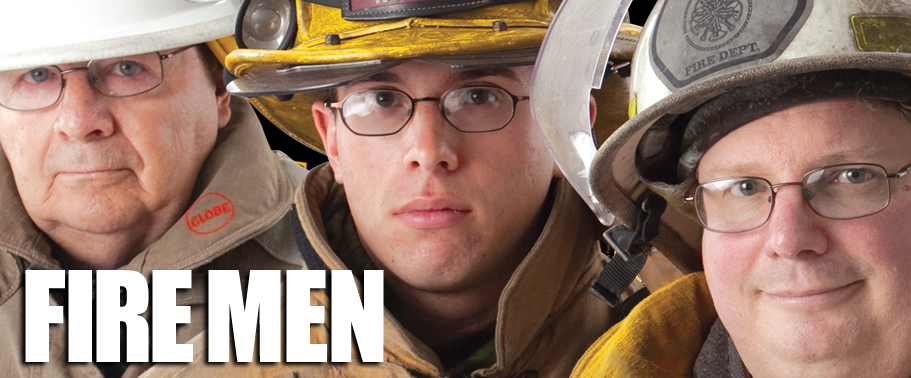It’s probably obvious I haven’t been here for a while. My
writing output has suffered with my new hobby of producing writing tools—turning
pens. I’ve long collected pens and now making them by hand with a lathe has
become a wonderful diversion. Even with that, though, my writing bug has not
gone away.
There are as many writing processes as there are writers in
the world. November being national novel writing months (NANOWRIMO), I thought
I would jot down the way things work for me.
All my first drafts of everything I write exceeding a
paragraph in length are handwritten—pen and paper. I envy those that can
compose in front of a keyboard, but that is not me. My preferred tools are a
fountain pen and pad or notebook. I love the feel of ink flowing onto the page
the way it does from a well tuned nib. When the ideas are flowing fast and
free, my hand can barely keep up with what my brain is producing. When the muse
isn’t working, words on the page—any words—are better than nothing.
The second draft starts (it’s still really the first draft) when
I type the handwritten content into a word document. Obvious mistakes are
corrected, and word changes, easy edits, and similar content revisions happen
here. These are not major; more of a clean-up.
Then the real work starts. A printer is my best friend. I
edit and revise best on paper. Scribbles, scratches, revisions all get made by
pen on the printed copy. For books, this doesn’t happen until the entire “first”
draft is done, typed into the manuscript. The changes then get typed into the
document and the process starts over again; print, edit and revise, type. On a
book, I may do this five or six times before I consider it “done.”
Another part of the conceptual process is commonly divided
into two schools; plotters or pantsers. Plotters have an outline which can
range from simple to incredibly complex before they begin writing. Seat of the
pants writers just let things flow.
For fiction, I fall into the latter camp. The story and
characters tell me where they want to go, sometimes surprising me. For
non-fiction, though, the outline rules. If this seems inconsistent, I plead
guilty. All I know is it works for me.
Writers spend an inordinate amount of time thinking about
process and comparing theirs to others; not in a negative way but always hoping
for ideas on how to get better. This is mine—for now at least—and it works for
me.
And now it's even more fun doing it with a pen I made myself.

